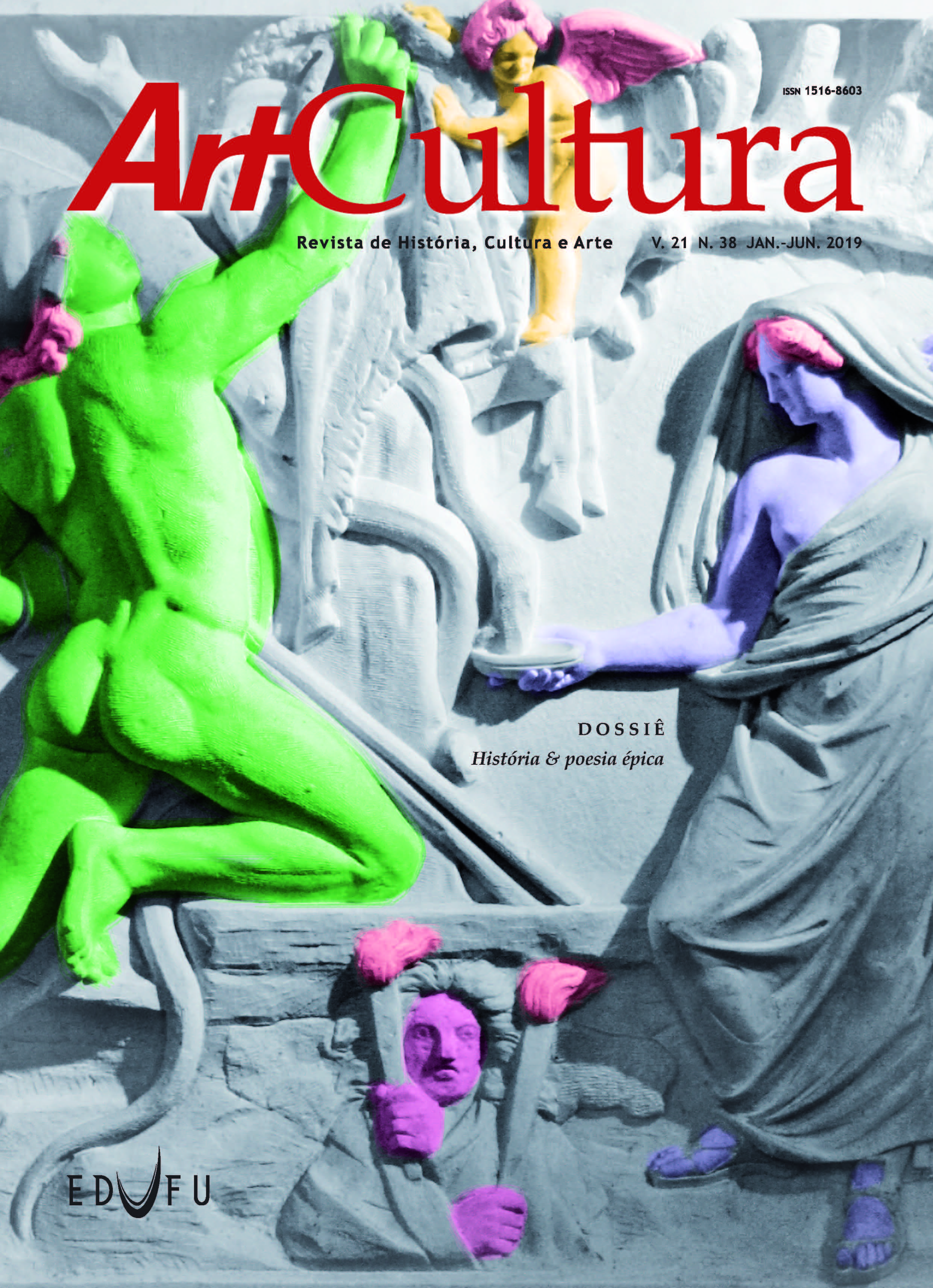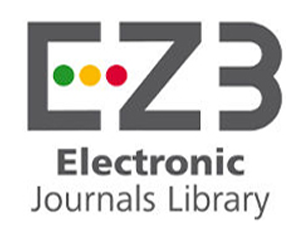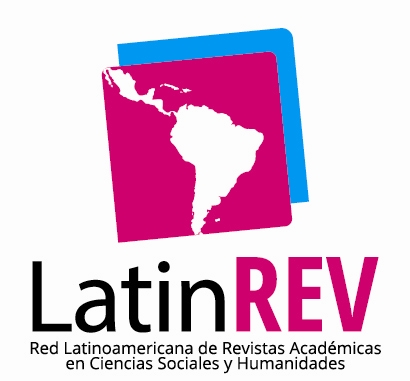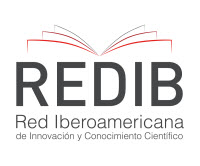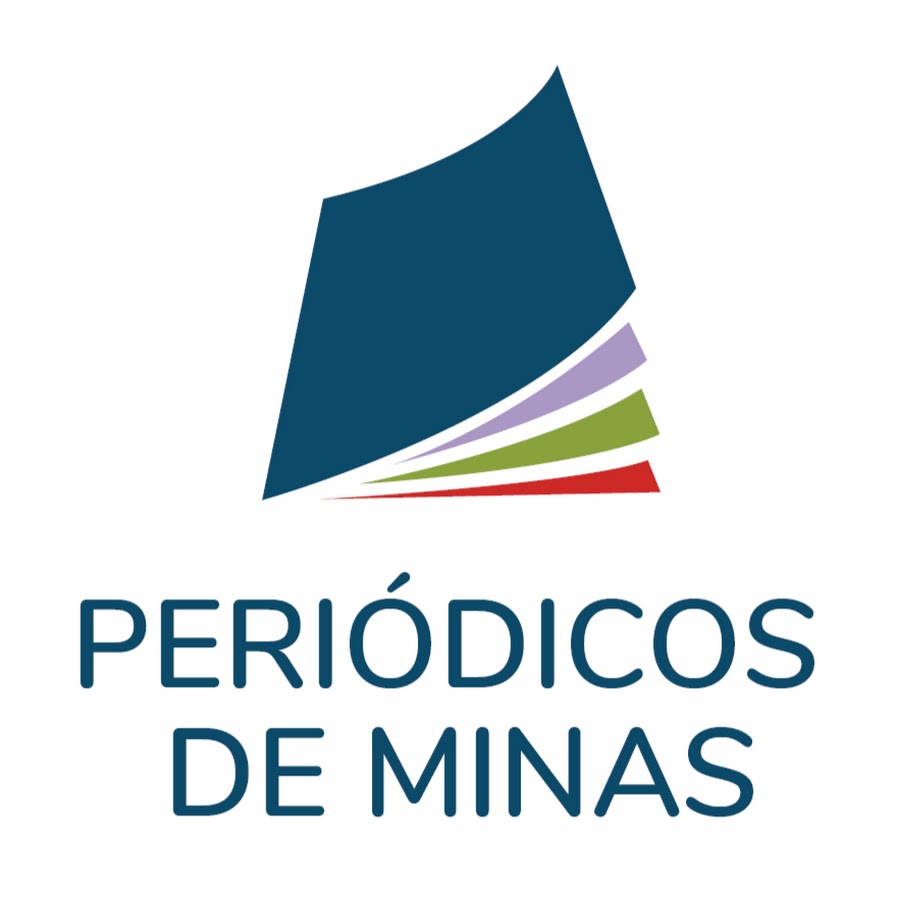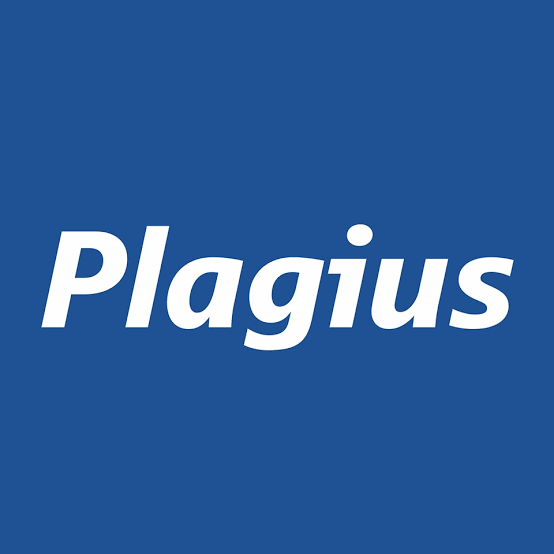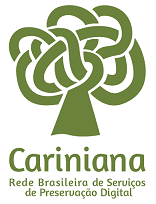Possibilidades de abordagem dos poemas homéricos: arqueologia e linguística como “horizonte hermenêutico” das obras
DOI:
https://doi.org/10.14393/artc-v21-n38-2019-50157Palavras-chave:
homero, arqueolo-gia, linguísticaResumo
As possibilidades de abordagem dos poemas homéricos são muitas e variadas. Desde aquelas que dialogam com linhas mais tradicionais de teoria literária, passando por estudos históricos, arqueologia, linguística e também filologia. As descobertas arqueológicas, durante os últimos dois séculos, tiveram importante impacto na ampliação e na própria interpretação tanto da Ilíada quanto da Odisseia. Consideradas até meados do século XIX como obras ficcionais, toda sua compreensão foi alterada após as descobertas de H. Schliemann e A. Evans. Além disso, a tradução do Linear B micênico e as possíveis analogias com os chamados Anais dos Hititas nos possibilitaram interessantes ligações. Este artigo objetiva problematizar algumas dessas linhas de análise, visando relacionar tais descobertas com a expansão de um “horizonte hermenêutico” das obras para o historiador.
Downloads
Referências
BRYCE, Trevor. Relations betwen Hatti and Ahhiyawa in the last decades of the Bronze Age. In: BECKMAN, G e BEAL, R e MCMAHON, G. Hittite studies in honor of Harry A. Hoffner Jr. United States: Eisenbrauns, 2003.
BRYCE, Trevor. The world of the neo-hittite kingdoms. New York: Oxford University Press, 2012.
CARLIER, Pierre. Homero. Lisboa: Publicações Europa-América, 2008.
CHADWICK, John e BAUMBACH, Lydia. The mycenaean greek vocabulary. Berlim: Vandenhoeck et Ruprecht, 1963.
DIETRICH, B. C. The origins of greek religion. Berlin: Walter Gruyter, 1974.
GRIMAL, Pierre. Dicionário da mitologia grega e romana. Rio de Janeiro: Bertrand, 2011.
GÜTERBOCK, Hans G. Troy in hittite texts? Wilusa, Ahhiyawa, and Hittite History. In: MELLINK, MACHTELD J. Troy and the trojan war: a symposium held at bryn mawr college, october 1984. United States: Bryn Mawr College, 1986.
HOMERO. Ilíada. Trad. Carlos Alberto Nunes. Rio de Janeiro: Ediouro, 2009.
HOMERO. Ilíada. Trad. Haroldo de Campos. São Paulo: Arx, 2003, v. I.
HOMERO. Ilíada. Trad. Haroldo de Campos. São Paulo: Arx, 2002, v. II.
HOMERO. Odisseia I: Telemaquia.Trad. Donaldo Schüler. Porto Alegre: L & PM, 2007.
HOMERO. Odisseia II: regresso. Trad. Donaldo Schüler. Porto Alegre: L & PM, 2007.
HOMERO. Odisseia III: Ítaca. Trad. Donaldo Schüler. Porto Alegre: L & PM, 2007.
HOMERO. Odisseia . Trad. Antônio Pinto de Carvalho. São Paulo: Nova Cultural, 2007.
HOMERO. Odisseia. Trad. Carlos Alberto Nunes. Rio de Janeiro: Ediouro, 2009.
HOMERO. Odisseia. Trad. Trajano Vieira. São Paulo: Editora 34, 2011.
JORRO, F. A e ADRADOS, F. R. Diccionario griego-español. Salamanca: Consejo Superior de Investigaciones Científicas, 1999.
LINDGREN, Margareta. The people of Pylos: a prosographical catalogue of individuals and groups. Califórnia: Universitet, 1973.
PALAIMA, Thomas G. Wanaks and related power terms in mycenaean and later greek. In: JALKOTZY, S. D e LEMOS, I. S. Ancient greece: from the mycenaean palaces to the age of Homer. Edinburgh: Edinburgh University Press, 2006.
RAMÓN, J. L. Mycenaean onomastics. In: DUHOUX, Y e DAVIES, A. M. A companion to linear b. Peeters, 2011.
RUIJGH C. J. apud PALAIMA, Thomas G, op. cit., p. 54. Ver também, RUIJGH C. J. Études sur la grammaire et le vocabulaire du grec mycénien. Amsterdam: E. J. Brill, 1967.
SCOTT, John Adans. The unity of Homer. New York: Bibblo and Tannen, 1965.
TAYLOR, W. Os micênios. Lisboa: Verbo, 1973.
WAANDERS, Frederick M. J. Greek. In: GVOZDANOVIC, Jadranka. Trends in linguistics: studies and monographs. Berlin: Mouton de Gruyter, 1991.
WATKINS, Calvert. How to kill a dragon. New York: Oxford University Press, 1995.
WATKINS, Calvert. The language of the trojans. In: MELLINK, MACHTELD J. Troy and the trojan war: a symposium held at bryn mawr college, october 1984. United States: Bryn Mawr College, 1986.
ZANON, Camila Aline. A Ilíada de Homero e a arqueologia. São Paulo: Dissertação (Mestrado em Arqueologia) – Museu de Arqueologia e Etnologia-USP, São Paulo, 2008.
Downloads
Publicado
Edição
Seção
Licença
Autores que publicam nesta revista concordam com os seguintes termos da licença Creative Commons, adotada a partir da ArtCultura, v. 21, n. 39 (jul.-dez. 2019).
CC BY-NC-ND 4.0: o artigo pode ser copiado e redistribuído em qualquer suporte ou formato. Os créditos devem ser dados ao autor original e mudanças no texto devem ser indicadas. O artigo não pode ser usado para fins comerciais. Caso o artigo seja remixado, transformado ou algo novo for criado a partir dele, ele não pode ser distribuído.
Autores têm autorização para assumir contratos adicionais separadamente, para distribuição não exclusiva da versão do trabalho publicada nesta revista (ex.: publicar em repositório institucional ou como capítulo de livro), com reconhecimento de autoria e publicação inicial nesta revista.
